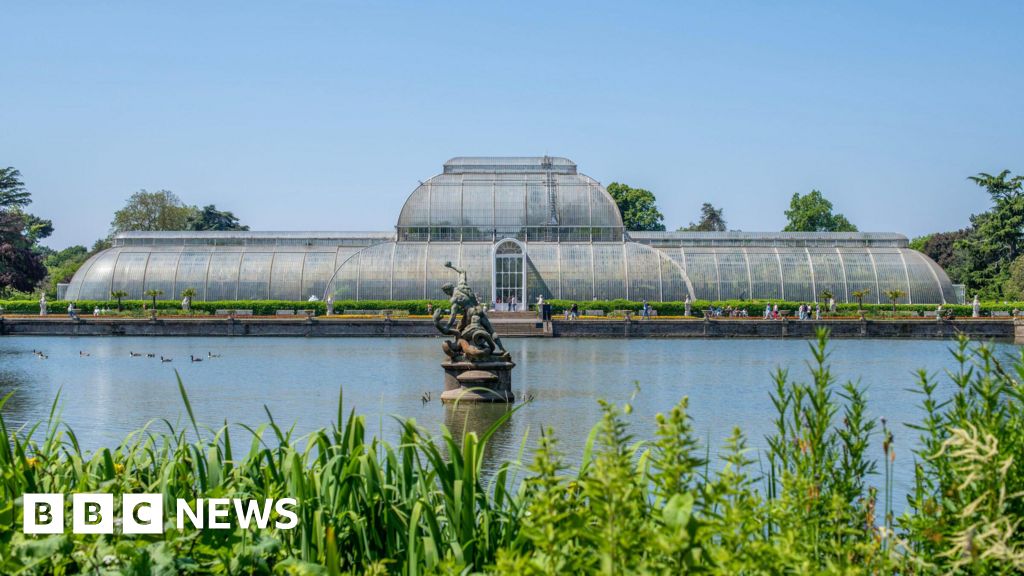
Senior Science Journalist
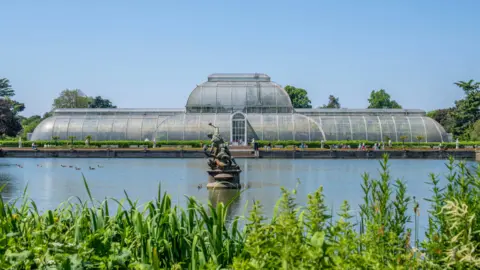 RBG Kew
RBG KewIt’s a makeover on a massive scale – it involves moving 1,300 plants, replacing 16,000 panes of glass and cleaning up hundreds of tonnes of iron.
This is the ambitious £50m plan to renovate the world-famous Palm House, which sits at the heart of the Royal Botanic Gardens Kew.
The hot and humid conditions inside have taken their toll on the building, which opened in 1848 and houses a tropical rainforest.
Kew will also use the refurbishment – which will see the glass house closed for five years from 2027 – to reduce emissions from the Palm House to net zero.
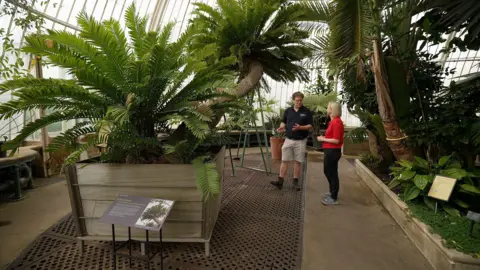 Kevin Church/BBC News
Kevin Church/BBC NewsThe planning permission for the project has now been submitted, and some of the plants that make up the indoor tropical rainforest have started to be relocated.
“This is probably the plant that I worry about moving the most,” says Thomas Pickering, head of glasshouses.
He’s standing next to one of Kew’s most precious specimens: a plant called Encephalartos altensteiniiwhich is a type of cycad.
It’s growing in a pot, and at 250 years old, it’s older than the Palm House itself. It’s also enormous – weighing more than a tonne and standing about 4m tall.
“It’s the sheer size of it. It has a huge weight in that root ball, but also this incredibly long stem, which is very old because they’re incredibly slow-growing plants,” says Pickering.
The horticulturists will use scaffolds, supports and braces to protect the plant when the time comes for it to be moved. Other plants, that are a bit easier to shift, have already been taken to a temporary greenhouse.
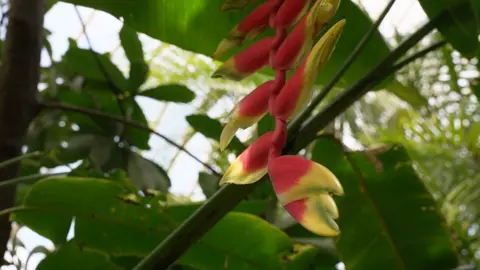 Kevin Church/BBC News
Kevin Church/BBC News“It’s going to be a long term project,” explains Pickering.
“And over the next two years, it’s going to be a process of selecting which plants we need to containerize (place in pots) and keep, which ones we need to propagate – and also some of the plants will be felled because we won’t be able to move them.”
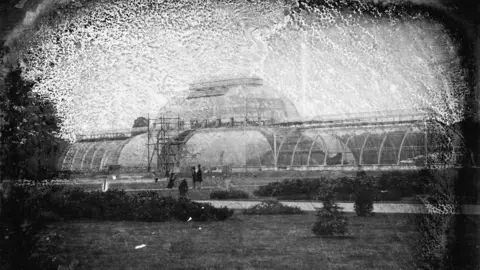 RBG Kew
RBG Kew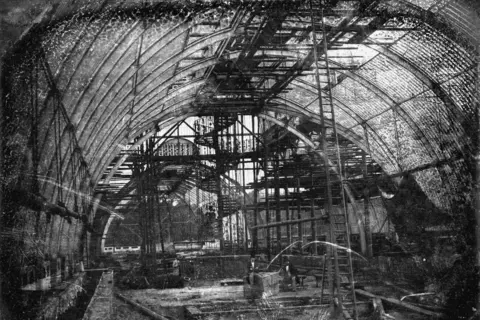 RBG Kew
RBG Kew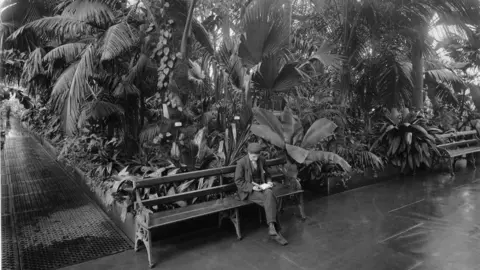 RBG Kew
RBG KewThe Palm House was built more than 175 years ago and was a wonder of the Victorian age.
No-one had ever constructed a glass house on that scale before and the engineers borrowed techniques from the shipping industry to build the huge structure.
It was last renovated in the 1980s, but now the iron is heavily rusting in places, so it will be stripped back to the bare metal work, repaired and repainted.
All of the thousands of single glazed panes of glass will be replaced and tests are underway to find the best type of glass to provide maximum insulation.
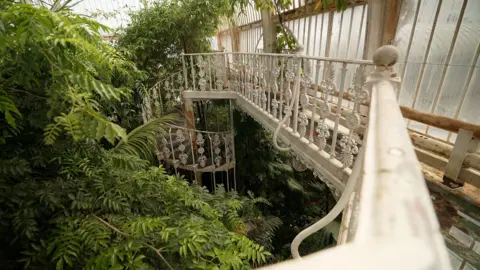 Kevin Church/BBC News
Kevin Church/BBC News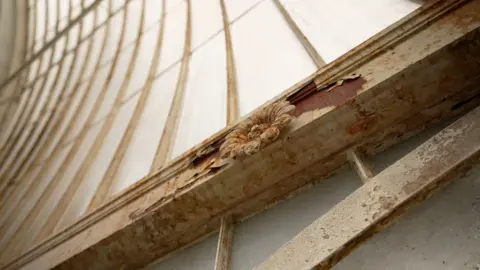 Kevin Church/BBC News
Kevin Church/BBC NewsMaintaining the Palm House’s temperature at 21C uses a lot of energy, but now gas boilers will be replaced with air source and water source heat pumps.
“This is an incredibly challenging building to make net zero,” said Rachel Purdon, head of sustainability at Kew.
“We can do a huge amount with things like sealing the glass and improving the heating systems to massively reduce the carbon footprint and improve the sustainability of the Palm House without impacting the aesthetics.”
The Water Lily House, which is located next to the Palm House, will also be made over as part of the renovation. The public will still be able to visit both for the next two years before they’re closed for the works.
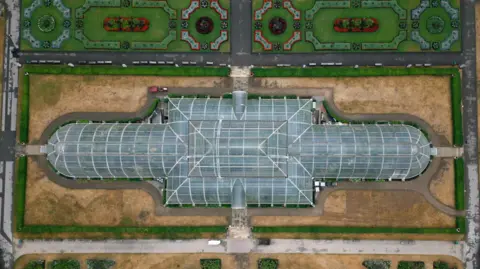 Kevin Church/BBC News
Kevin Church/BBC NewsThe team at Kew acknowledges this will be a big undertaking that will have a temporary impact on people coming to their botanic gardens. But they say the results will be worth it.
“The really important aspect of this is to try and ensure that the structure can last as long as possible, before we have to do another refurbishment,” says Rachel Purdon.









